Advanced Encryption Standard Example
The key sizes used here are very higher as like 128 192 and. As mentioned each round has four operations.
The Advanced Encryption Standard or AES is a NIST approved block cipher specified in FIPS 197 Advanced Encryption Standard AES.
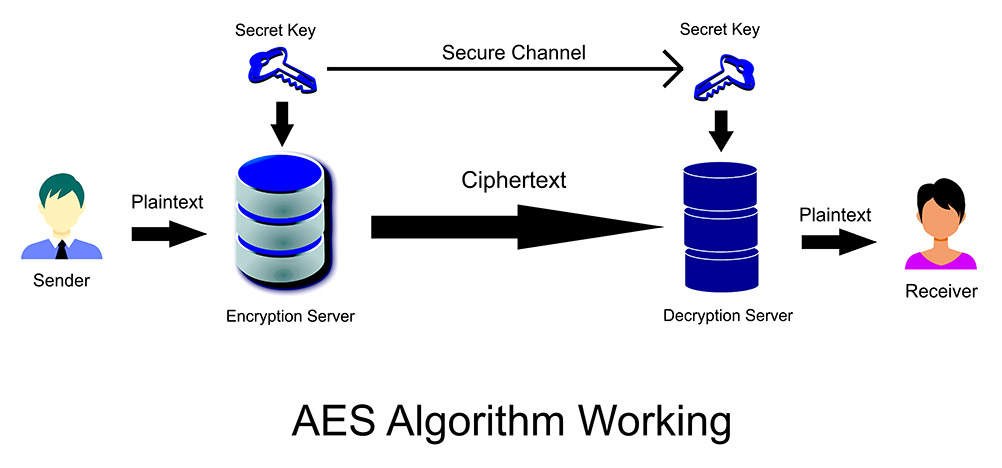
. Advanced Encryption Standard by Example V15 10 Preface The following document provides a detailed and easy to understand explanation of the implementation of the AES. CC Advanced Encryption Standard AES Example. Here we will discuss the process of AES encryption and decryption in short with the help of some figures and examples.
This is accomplished through the use of a cryptographic process key of various lengths. Works with all 32. A 128-bit AES encryption key will have 10 rounds.
Data encryption standard DES Set 1. Depending on the length this is labeled AES-128 AES-192 or AES-256. Ad Get zero compromise certificates that offer complete pro-grade security beyond encryption.
Supports most CCC compilers Microsoft Borland Watcom MinGW Digital Mars etc Includes 32-bit and 64-bits versions. The AES key size specified above will determine the number of rounds that the procedure will execute. For example using the above table HEX D4 DEC 212 All of the tables and examples in this paper are written in HEX.
The technology 3DES depends on the prior innovation and has a shortcoming. A 192-bit AES encryption key will have 12 rounds. AES is a variant of the Rijndael block cipher developed by two Belgian cryptographers Joan Daemen and Vincent.
Advanced Encryption Standard AES Keywords. The reason for this is that a single digit of Hex. The block length and key length can be independently specified at 128 and 256 bits.
The reason for this is that a single digit of Hex. The standard was established by the US. Experience the ease and convenience of a centralised SSL certificate management system.
Advanced Encryption Standard AES Basic Structure of AES 1. The Advanced Encryption Standard AES also known by its original name Rijndael Dutch pronunciation. It is found at least six time faster than triple DES.
A brief history of AES development. The Advanced Encryption Standard AES is the most widely used encryption method for securely encrypting data and processing further by using a secure connection. This shortcoming is the weakness of the system to plain content assaults that can undoubtedly beat the security of the 3DES system.
Encryption converts data to an unintelligible form called ciphertext. The AES algorithm is a symmetric block cipher that can encrypt encipher and decrypt decipher information. For example using the above table HEX D4 DEC 212 All of the tables and examples in this paper are written in HEX.
Works with console mode and GUI mode. ˈrɛindaːl is a specification for the encryption of electronic data established by the US. When using AES one typically specifies a mode of operation and optionally a padding scheme.
AES provides confidentiality only using most modes of operation such as ECB and CBCWhen operating the cipher in CCM GCM. Java support many secure encryption algorithms but some of them are weak to be used in security-intensive. Sysmetricity means the same kind of keys is used in the encryption process.
Decrypting the ciphertext. The Advanced Encryption Standard AES specifies a FIPS-approved cryptographic algorithm that can be used to protect electronic data. AES is widely used today as it is a much stronger than DES and triple DES despite being harder to implement.
Advanced Encryption Standard by Example V17 10 Preface The following document provides a detailed and easy to understand explanation of the implementation of the AES. While the Advanced Encryption Standard system of encoding manages the utilization of permutation network and substitution to encrypt data. A 256-bit AES encryption key will have 14 rounds.
Add Round Key AES Key Expansion AES Example Key Expansion AES Example Encryption AES Example Avalanche AES Decryption Homework 5 Created Date. The more popular and widely adopted symmetric encryption algorithm likely to be encountered nowadays is the Advanced Encryption Standard AES. DESs dominance came to an end in 2002 when the Advanced Encryption Standard AES replaced the DES encryption algorithm as the accepted standard following a public.
It is also very robust for hackers because of its large key sizes. AES is a block cipher. Advanced Encryption StandardAES is symmetrical and stands away from the stream cipher where each character is encrypted one at the moment.
Advanced Encryption Standard AES is a specification for the encryption of electronic data established by the US National Institute of Standards and Technology NIST in 2001. The Advanced Encryption Standard AES is based on the Rijndael algorithm and is an iterated block cipher with a variable block length and a variable key length. A replacement for DES was needed as its key size was too small.
National Institute of Standards and Technology NIST in 2001. Mix Columns AES Arithmetic 4. The main usage purpose of the Advanced Encryption Standard AES is to encrypt data and protect it from unauthorized access.
Here comes a picture of the encryption and decryption process. With increasing computing power it was considered vulnerable against.
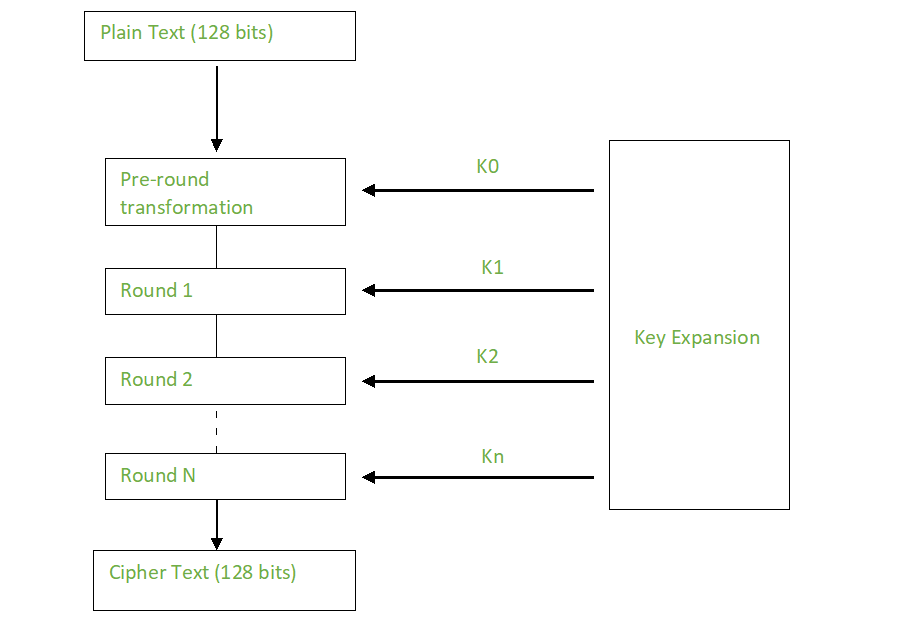
Advanced Encryption Standard Aes Geeksforgeeks

What Is Aes Encryption The Definitive Q A Guide

Aes Tutorial Advanced Encryption Standard Fips 197 Youtube

Advanced Encryption Standard An Overview Sciencedirect Topics
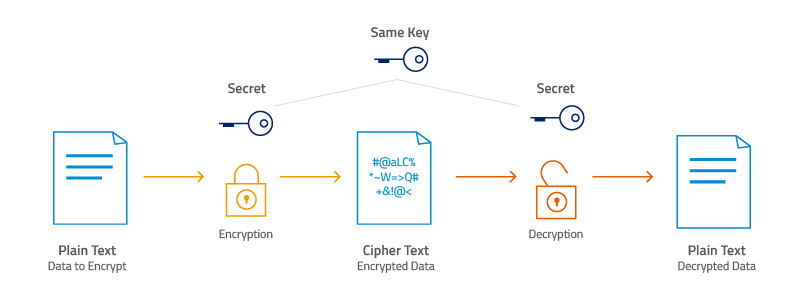
How Does Aes 256 Encryption Work To Protect Your Data
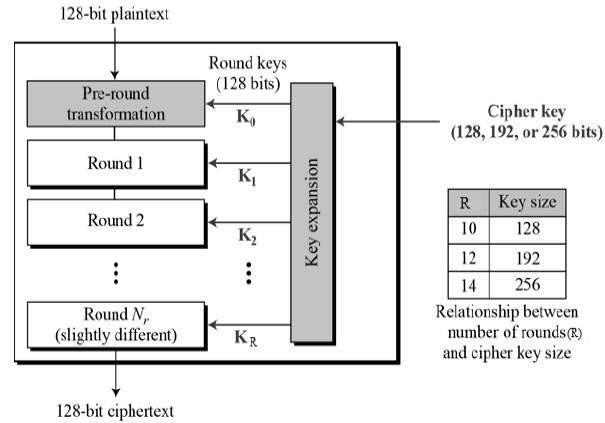
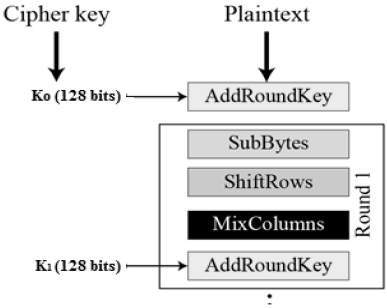
0 Response to "Advanced Encryption Standard Example"
Post a Comment